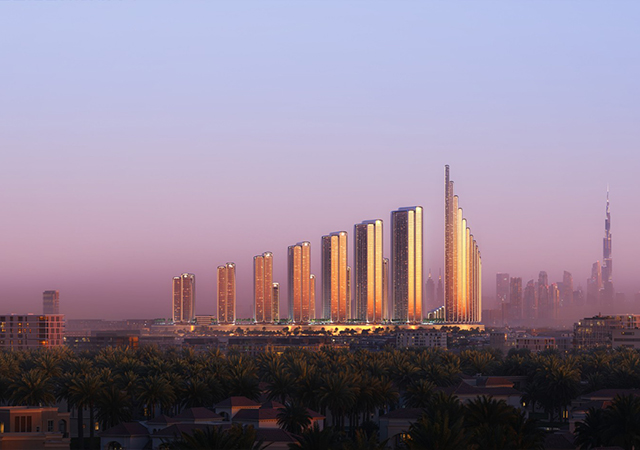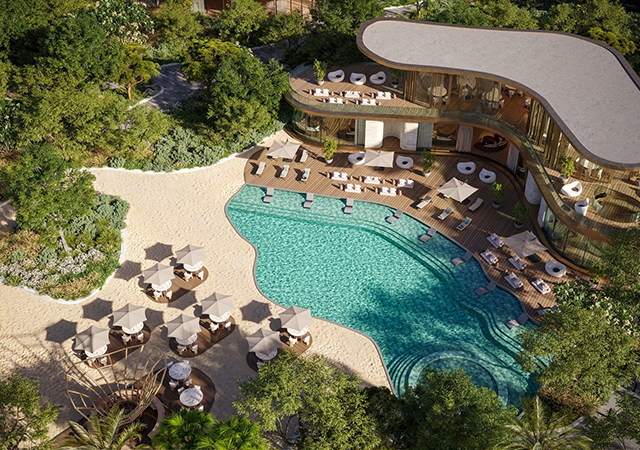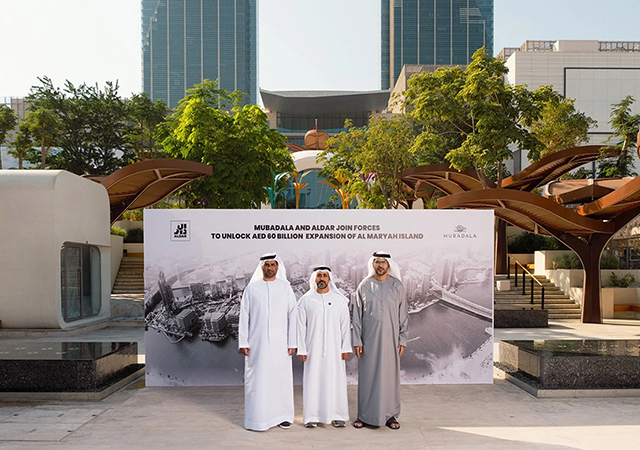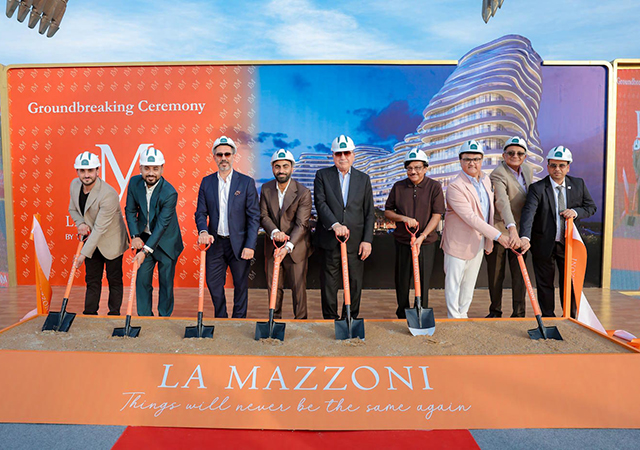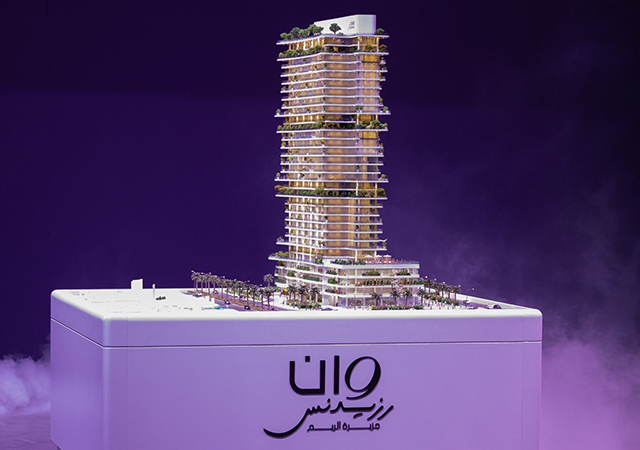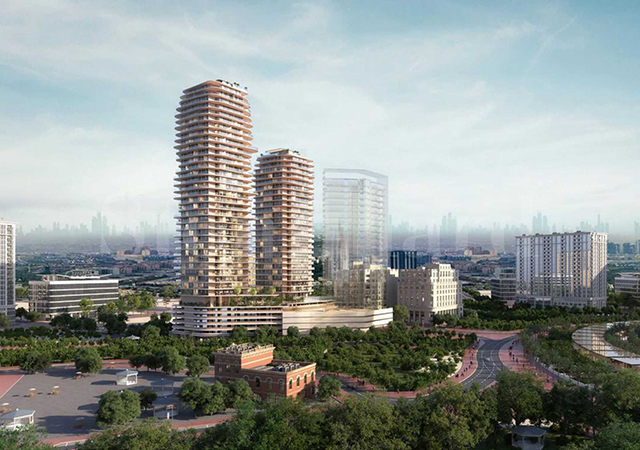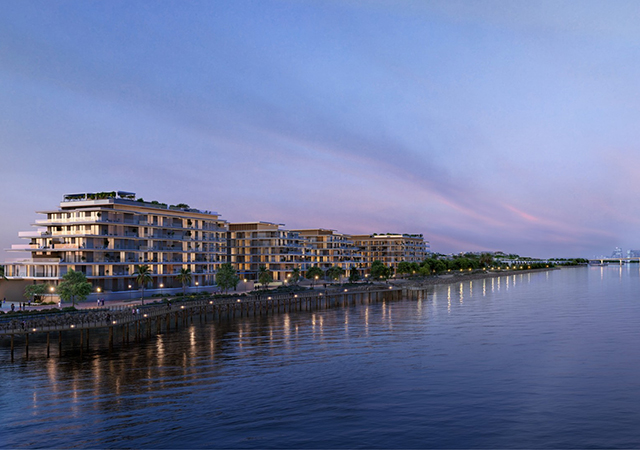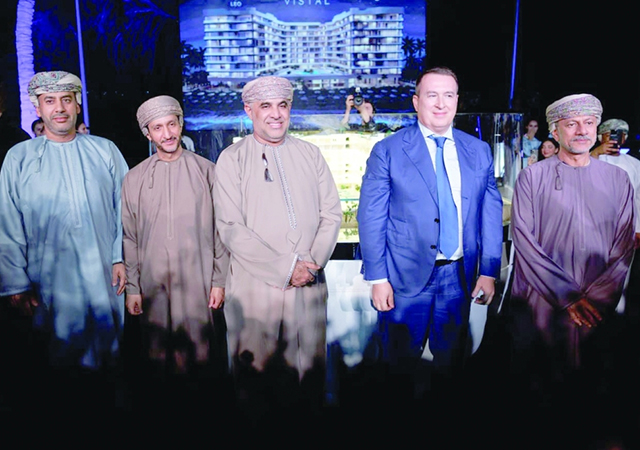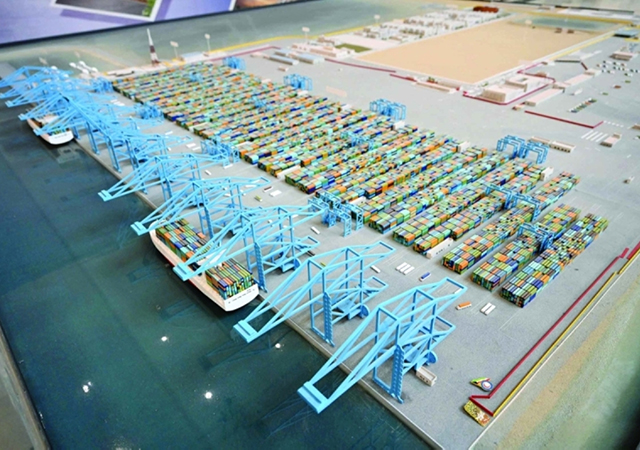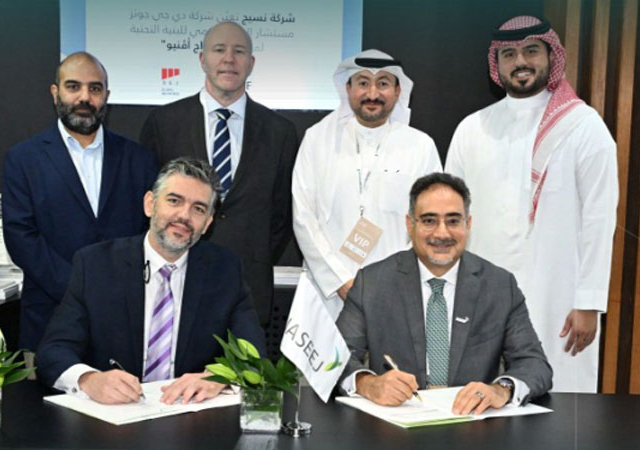
Etihad Airways plans to expand the pilot training facilities at its Abu Dhabi-base following the order of a CAE 7000 Series A320 full-flight simulator.
The new simulator, manufactured by Montreal-based CAE and scheduled for delivery in February 2008, costs Dh55 million ($15 million) at list price and can be adapted to recreate the flight deck of any aircraft in the Airbus A320 range, the airline said in a statement.
Etihad introduced its first A320 aircraft in September 2007 and now operates three of the narrow body planes to a range of destinations across the Gulf. A further three A320s will join the fleet in April 2008.
James Hogan, Etihad Airways’ chief executive, said: “The A320 is set to become an increasingly important aircraft in Etihad’s fleet strategy and therefore it is vital that we have the best equipment and technology in place to train our pilots to the very highest standards.
“The simulator will be state-of-the-art in every way and because the onboard technology can be regularly upgraded, we will be able to use it for many years.”
The new A320 simulator is equipped with high performance electric motion and control loading systems. The CAE Tropos- visual system uses satellite imagery as well as sophisticated weather and lighting effects to provide realistic training scenarios for pilots.
The advanced databases installed on the Etihad simulator provide the pilots with the exact specifications and conditions for landing and take-off at major airports around the world.
Furthermore, the databases for Abu Dhabi, Munich and London Heathrow airports have been customised to provide extensive details of the surrounding locality such as streets, buildings and rivers.
Etihad currently has an Airbus A330 and an A340 full-flight simulator, which are manufactured by CAE. The two simulators have been in operation at the airline’s new head office complex in Abu Dhabi since May 2007.
Marc Parent, CAE’s group president, simulation products and military training and services, said: “The addition of the new A320 full-flight simulator to Etihad’s existing A330 and A340 simulators will ensure the airline offers its pilots the very best in flight training.
“We look forward to building further our relationship with Etihad as the airline goes from strength to strength.”—TradeArabia News Service



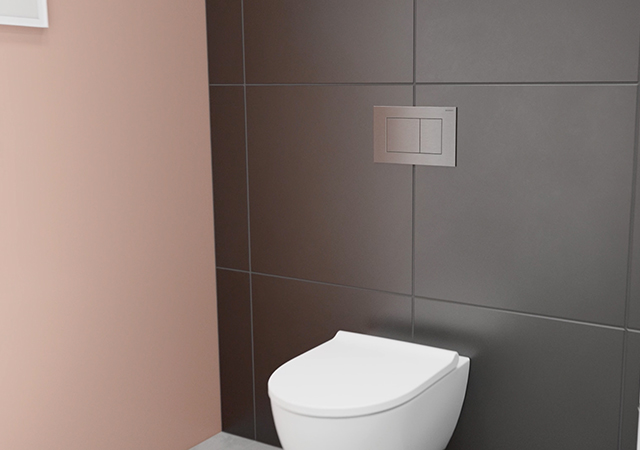


.jpg)

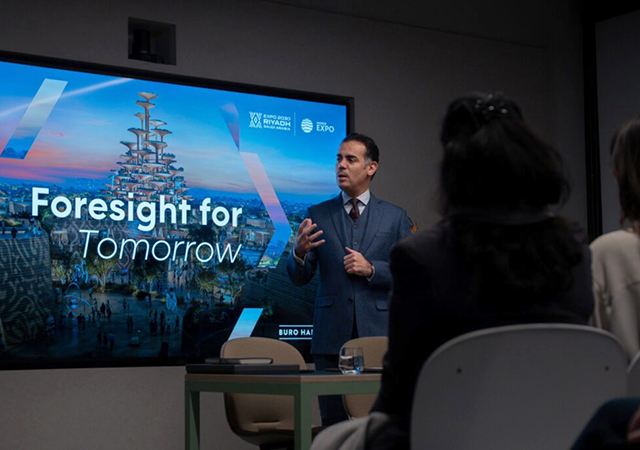
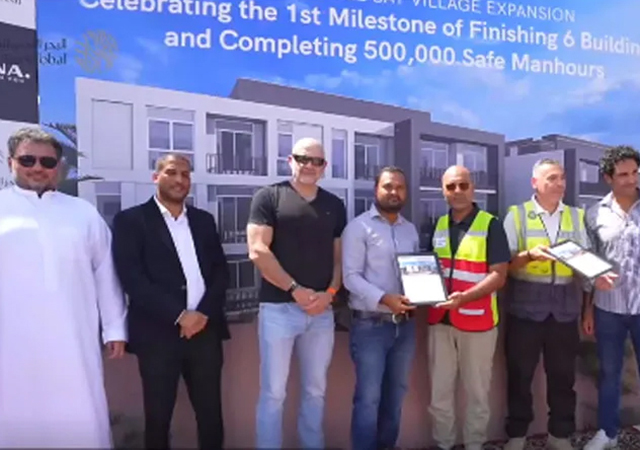







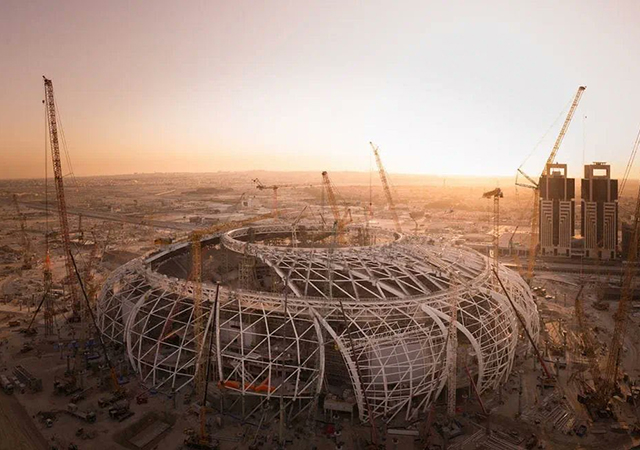

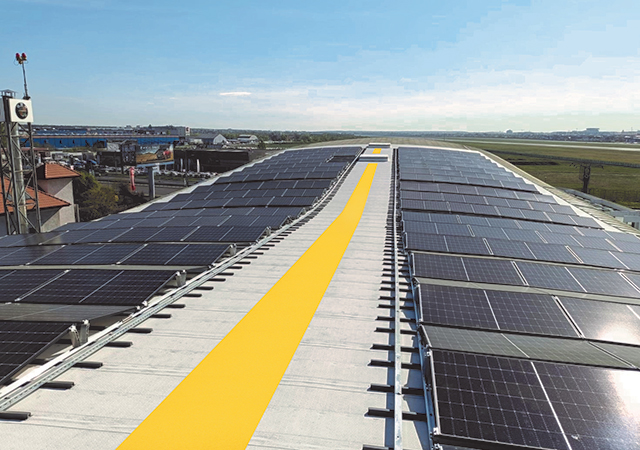


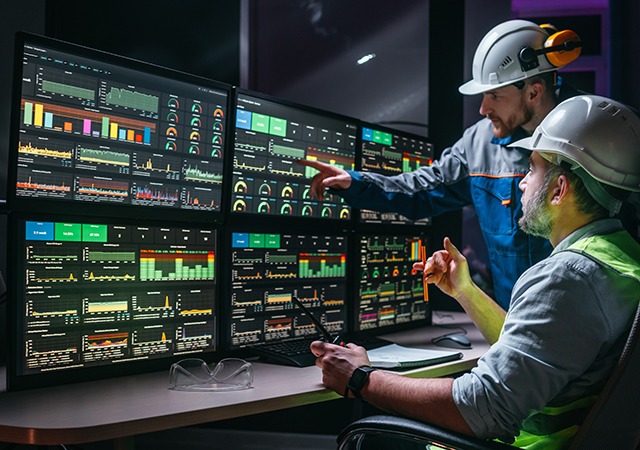

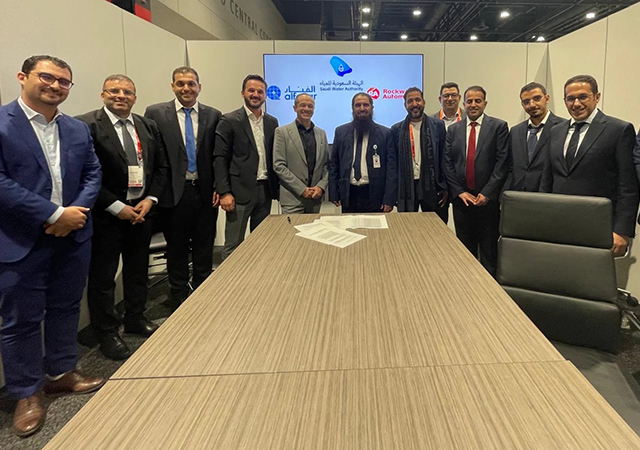
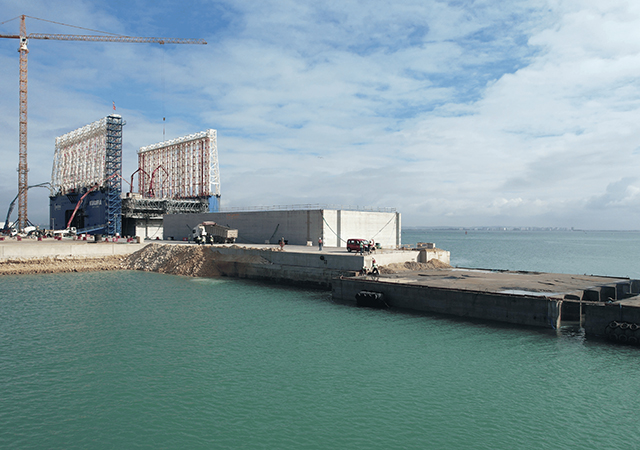






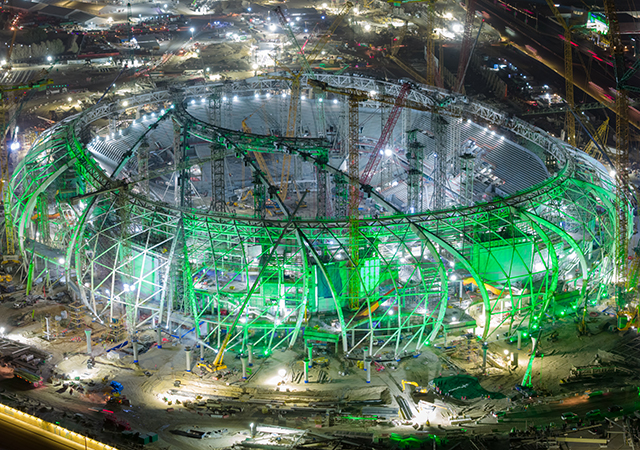



.jpg)

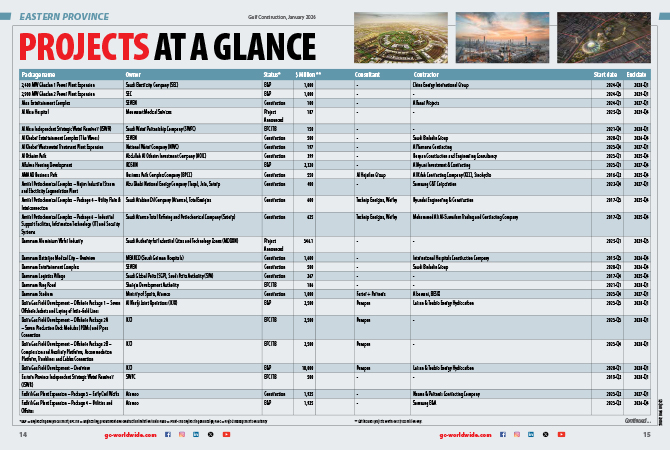




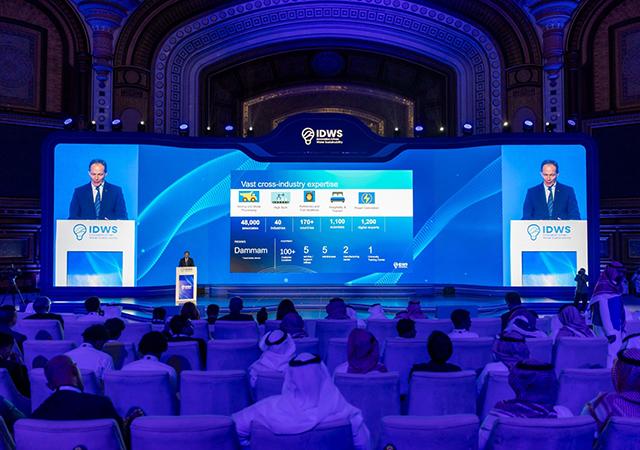



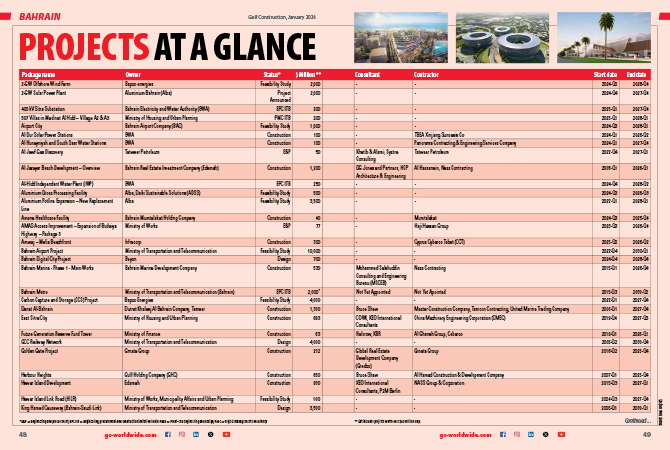
.jpg)

